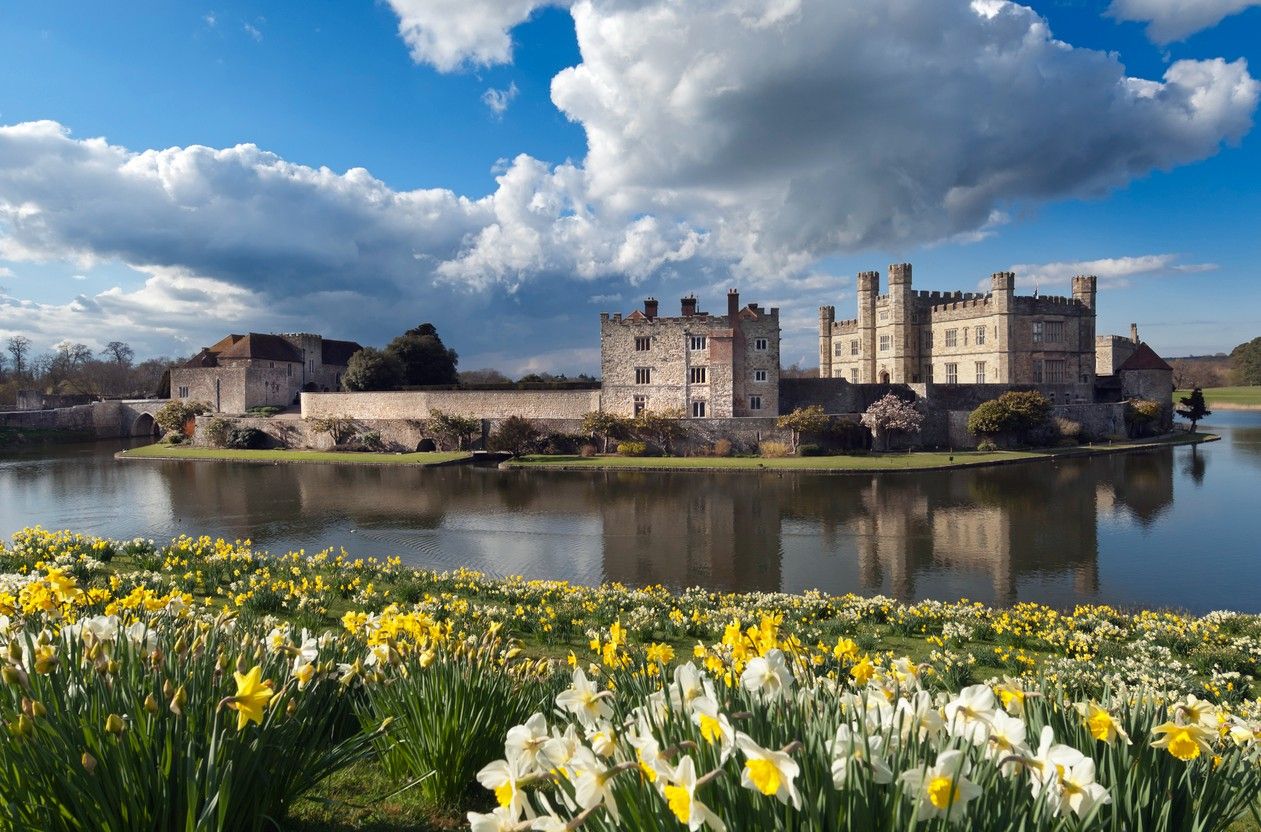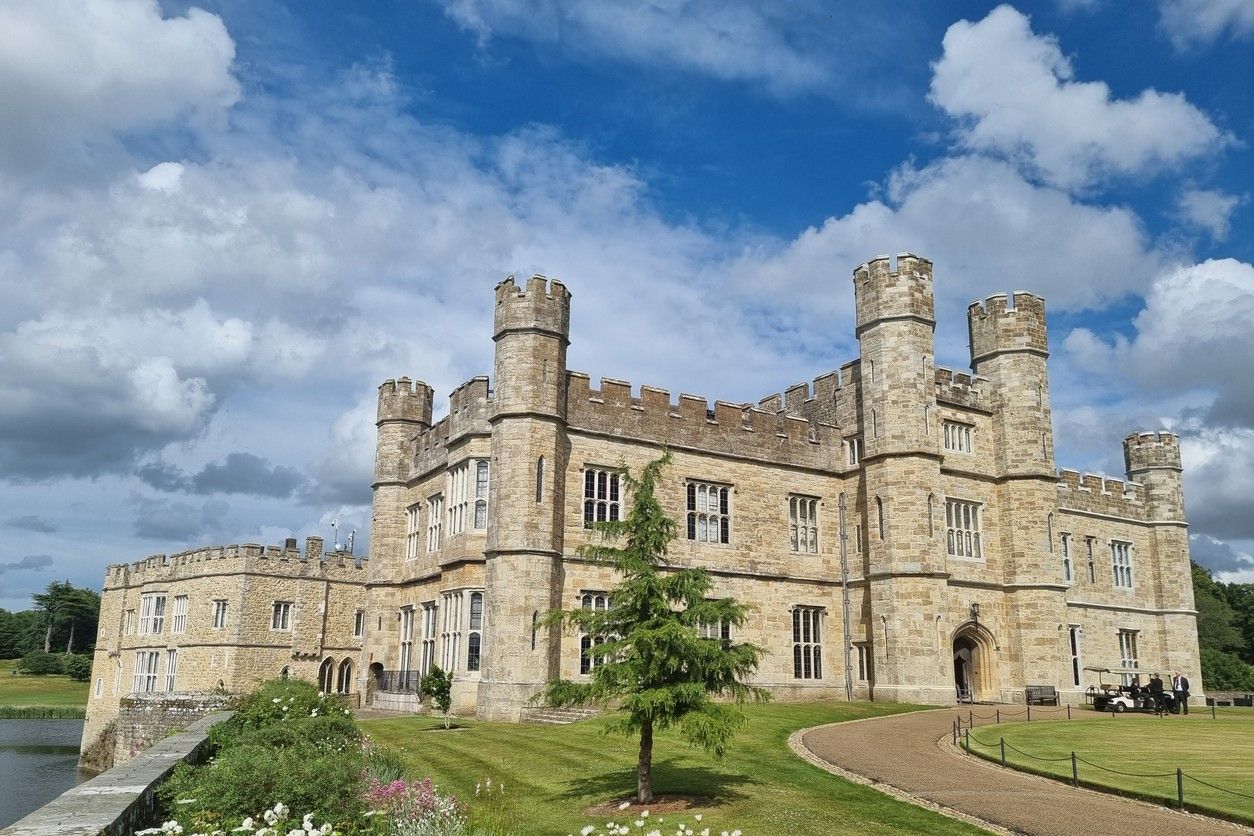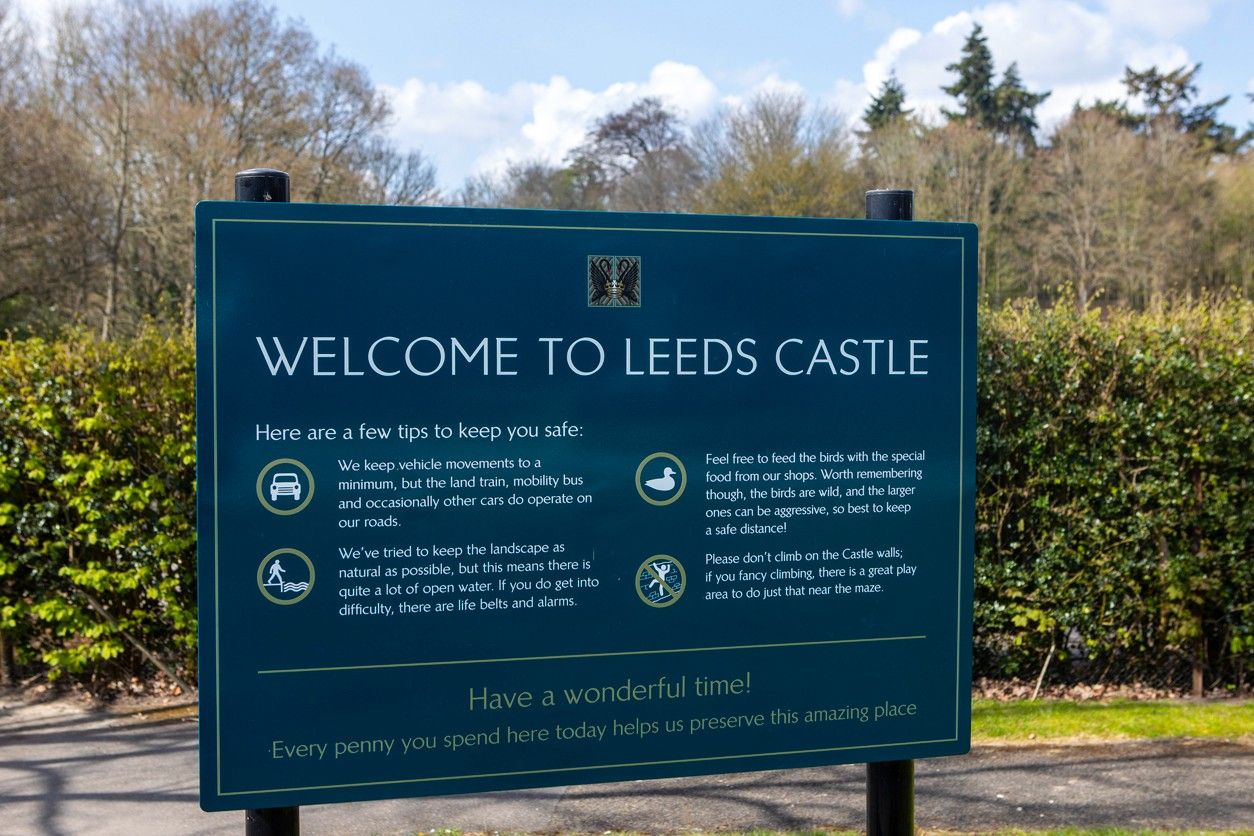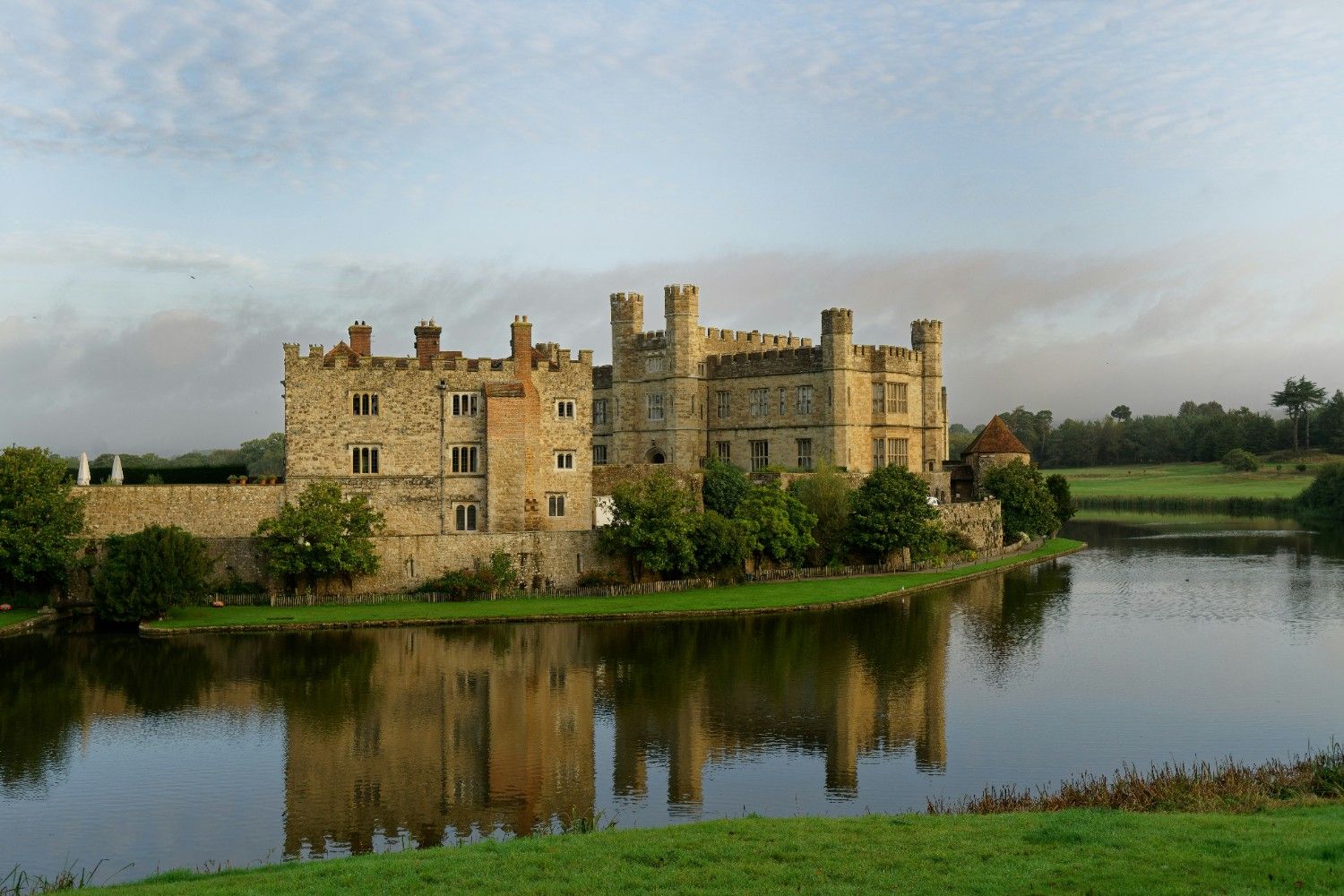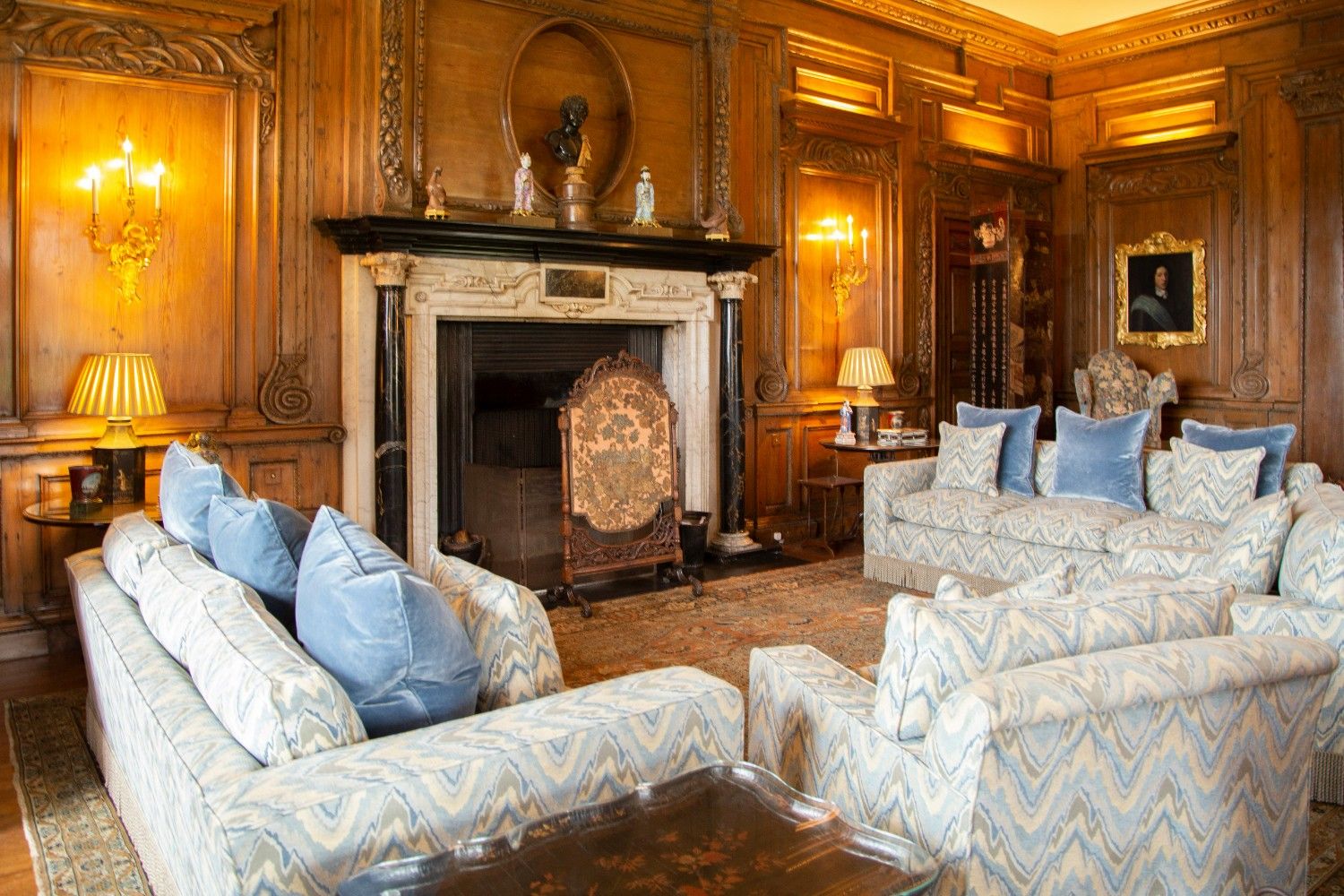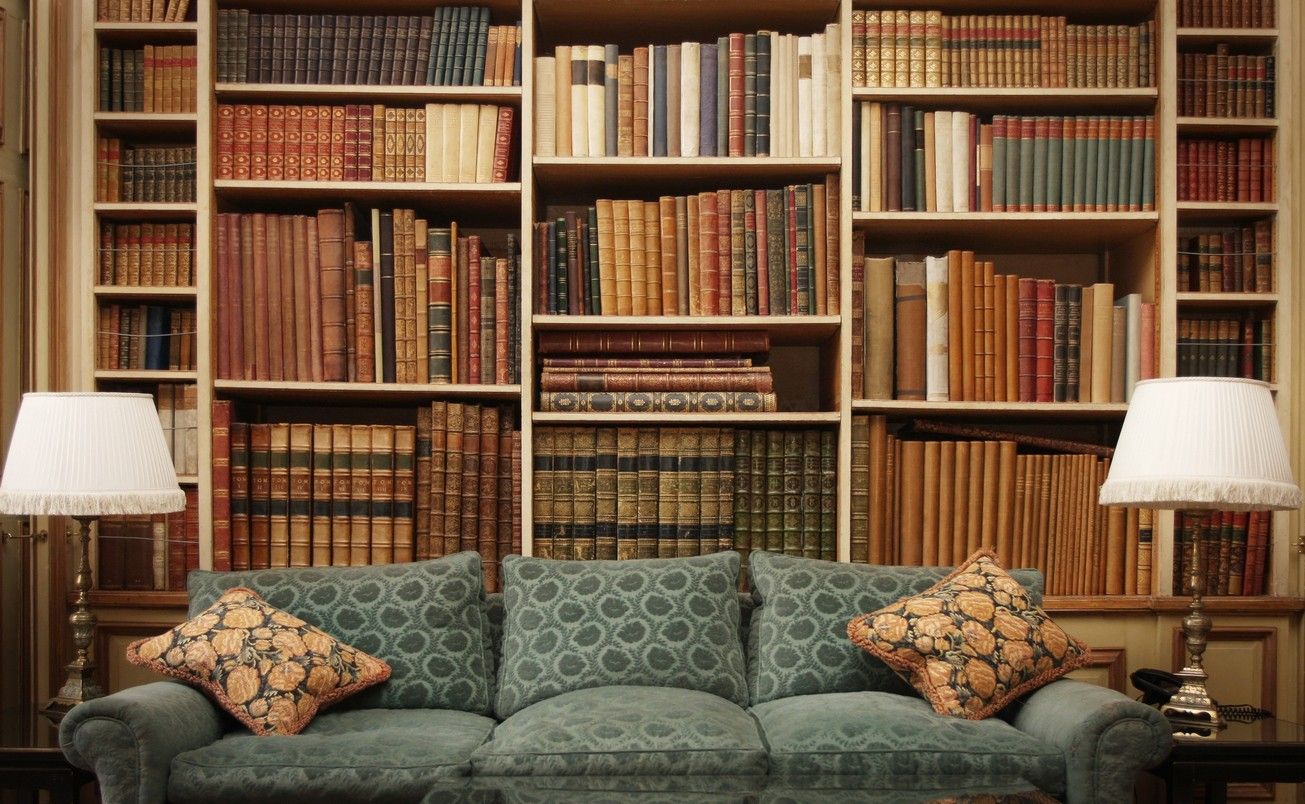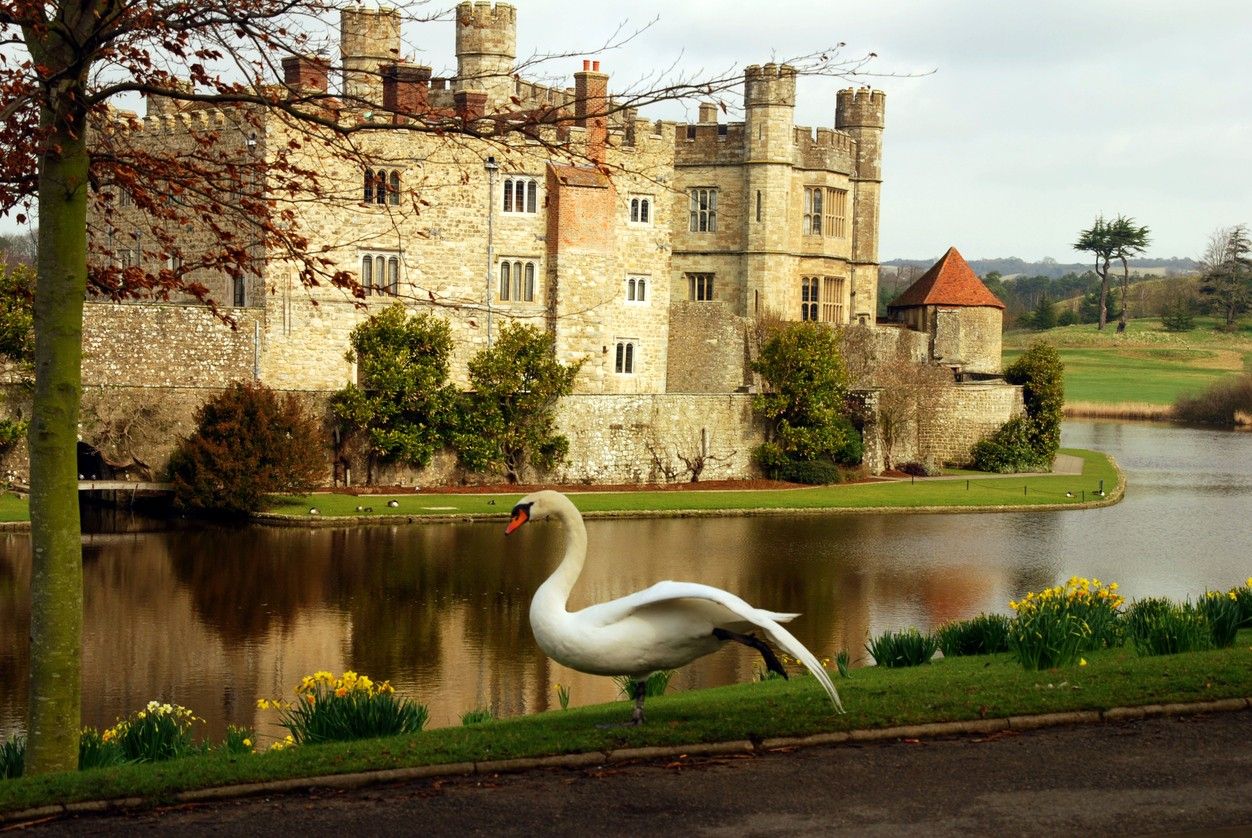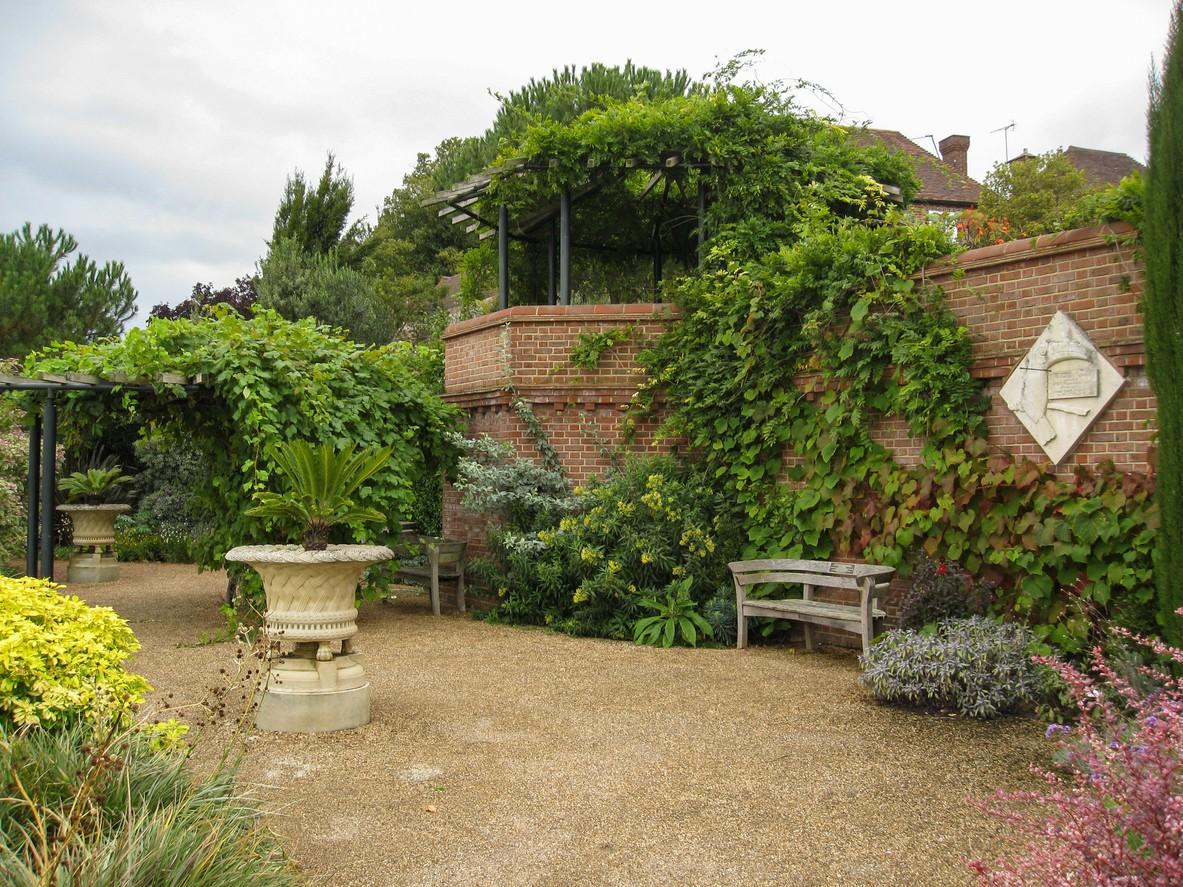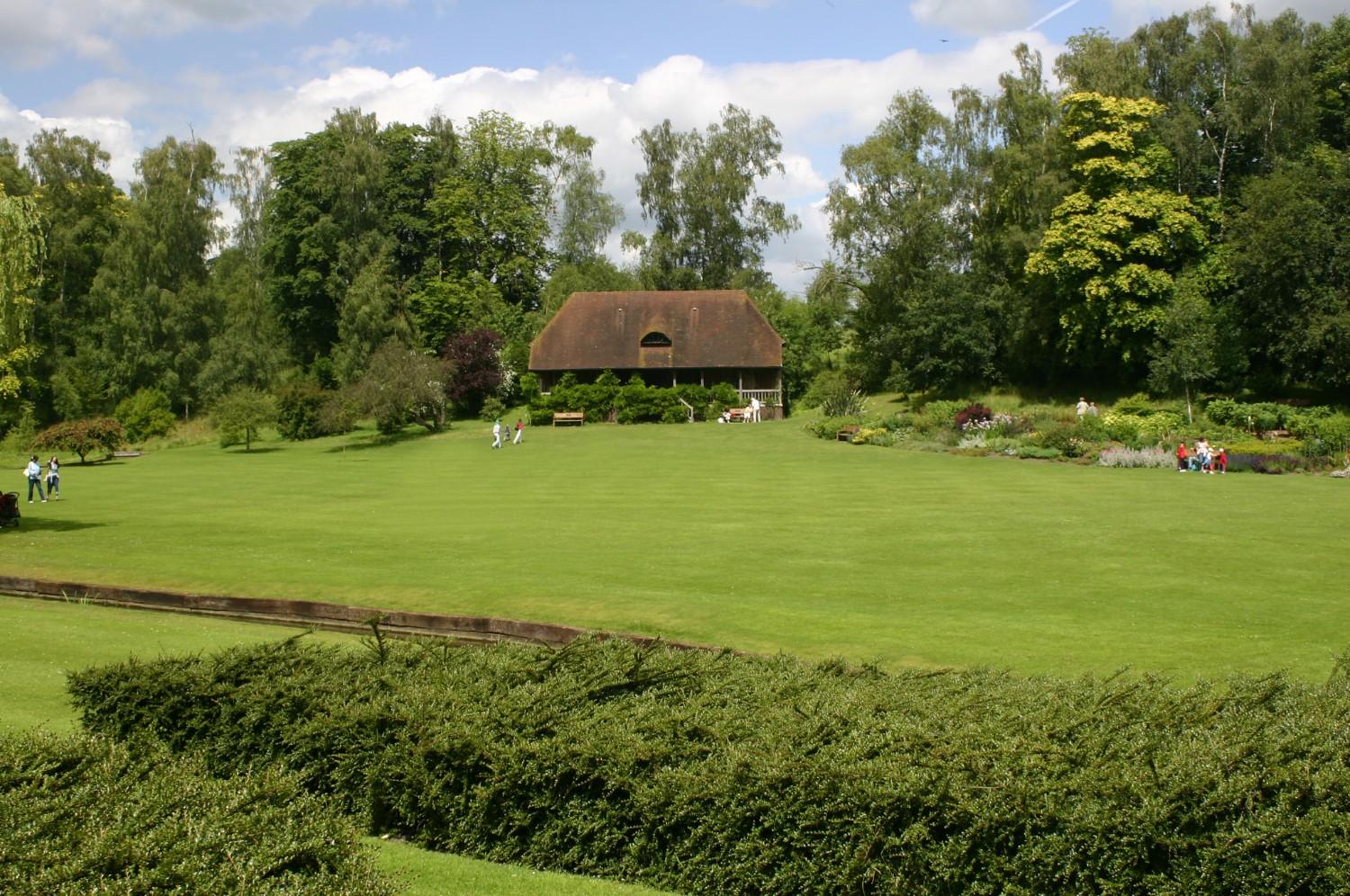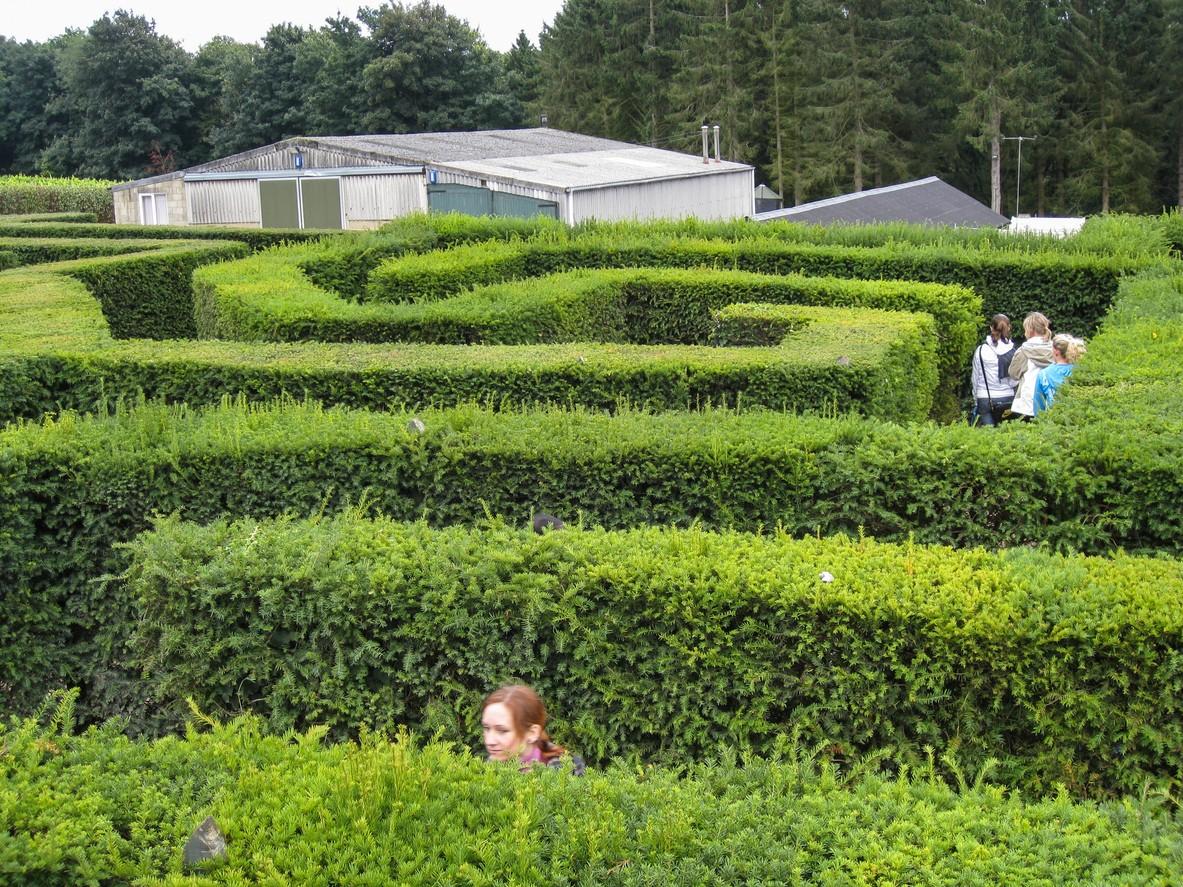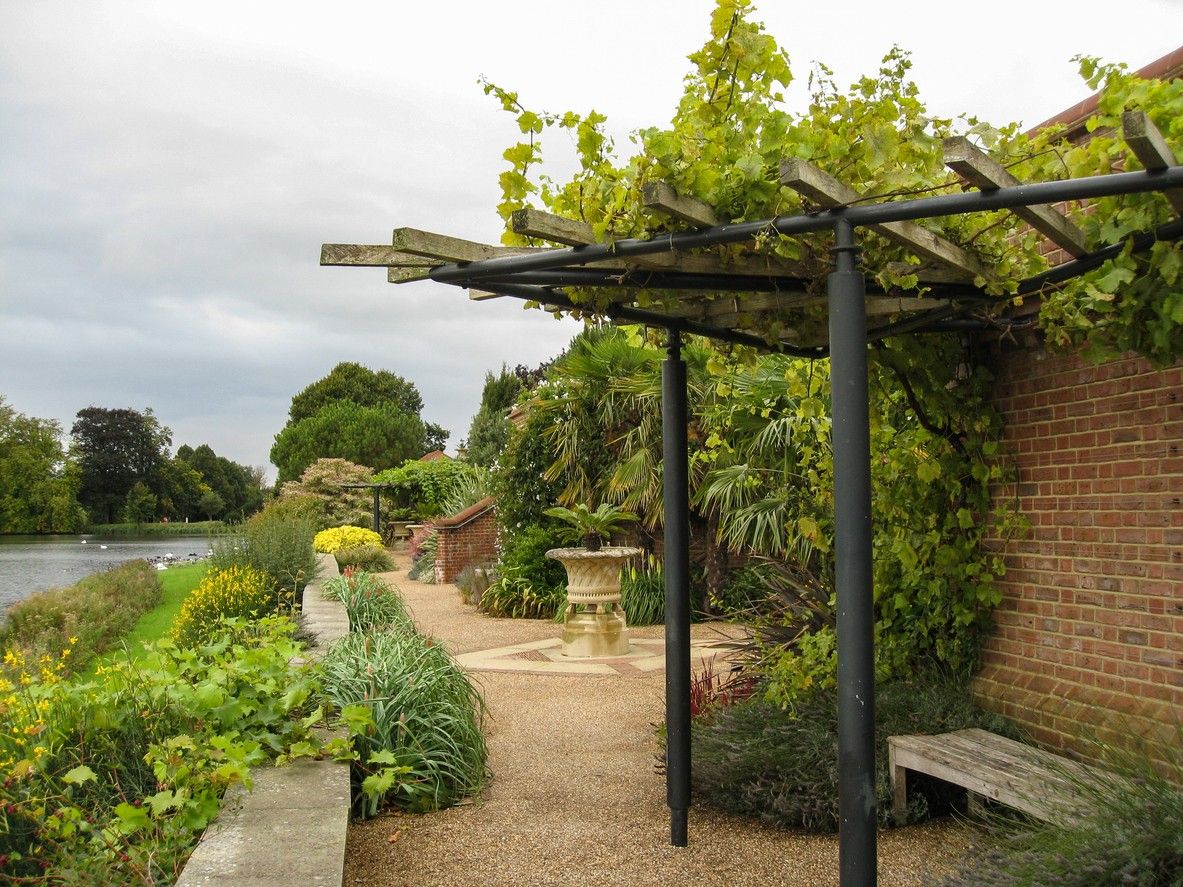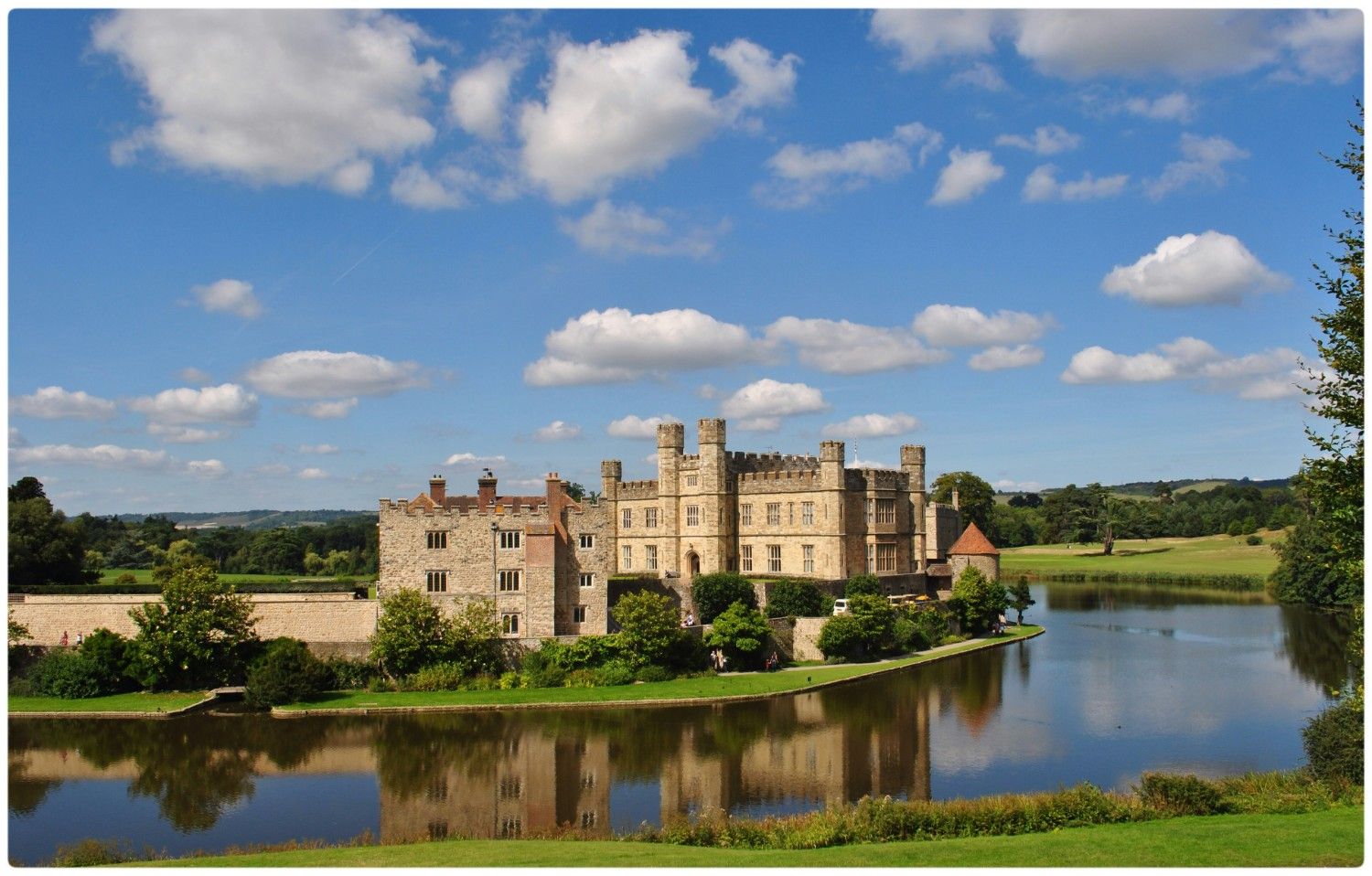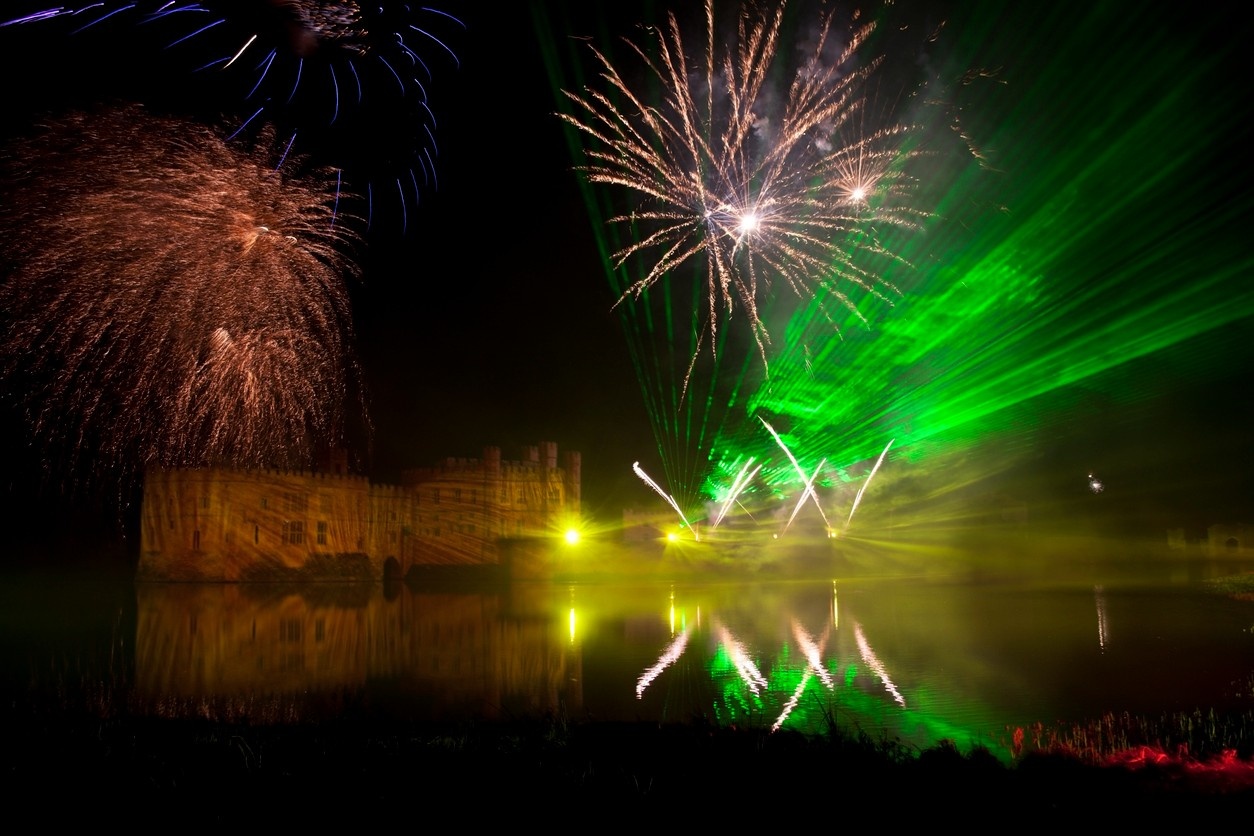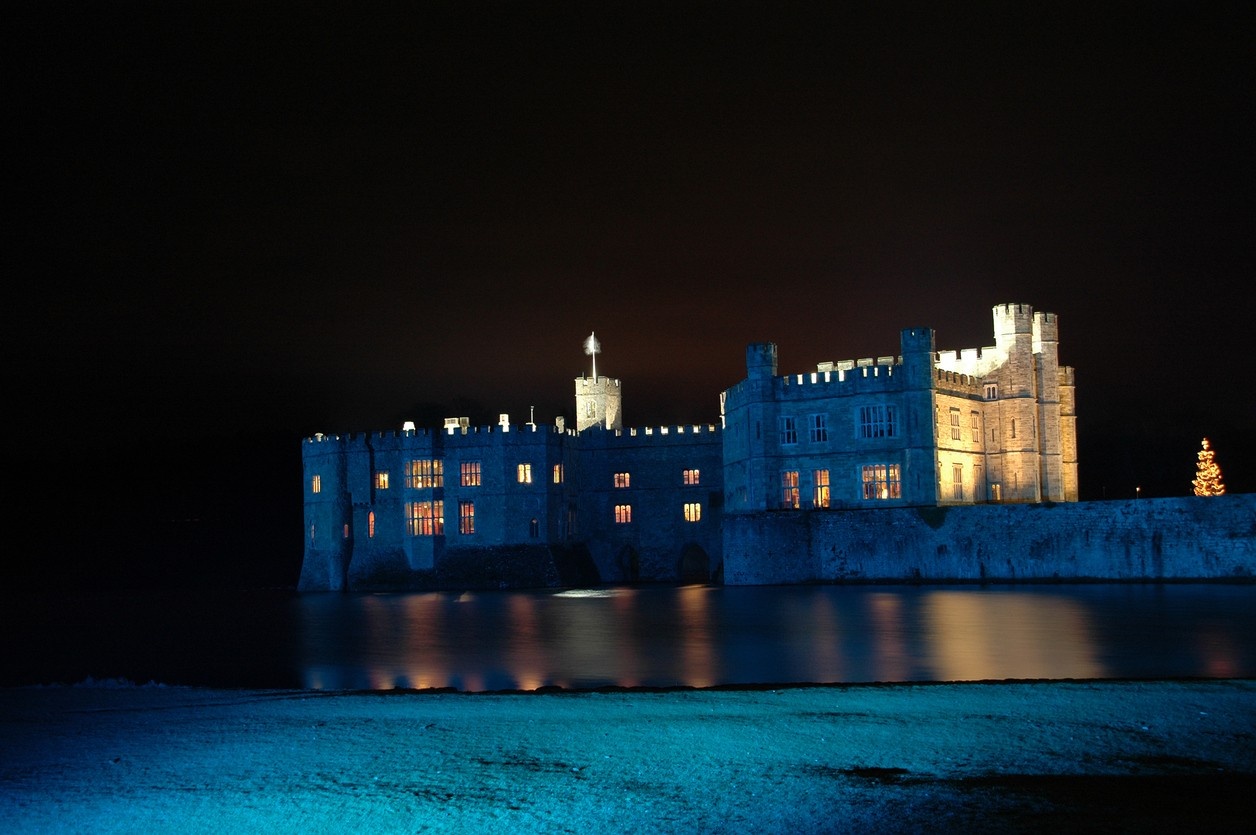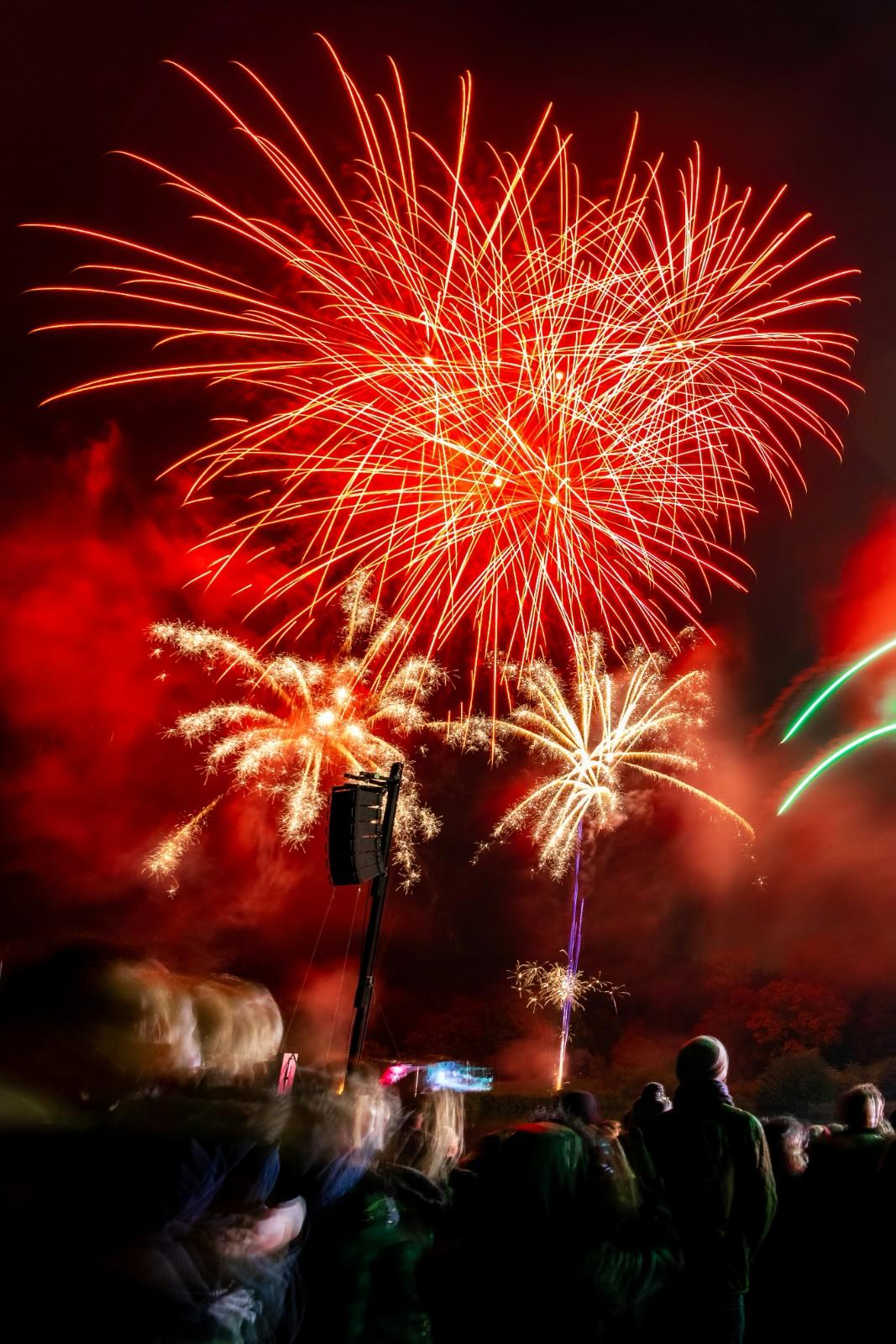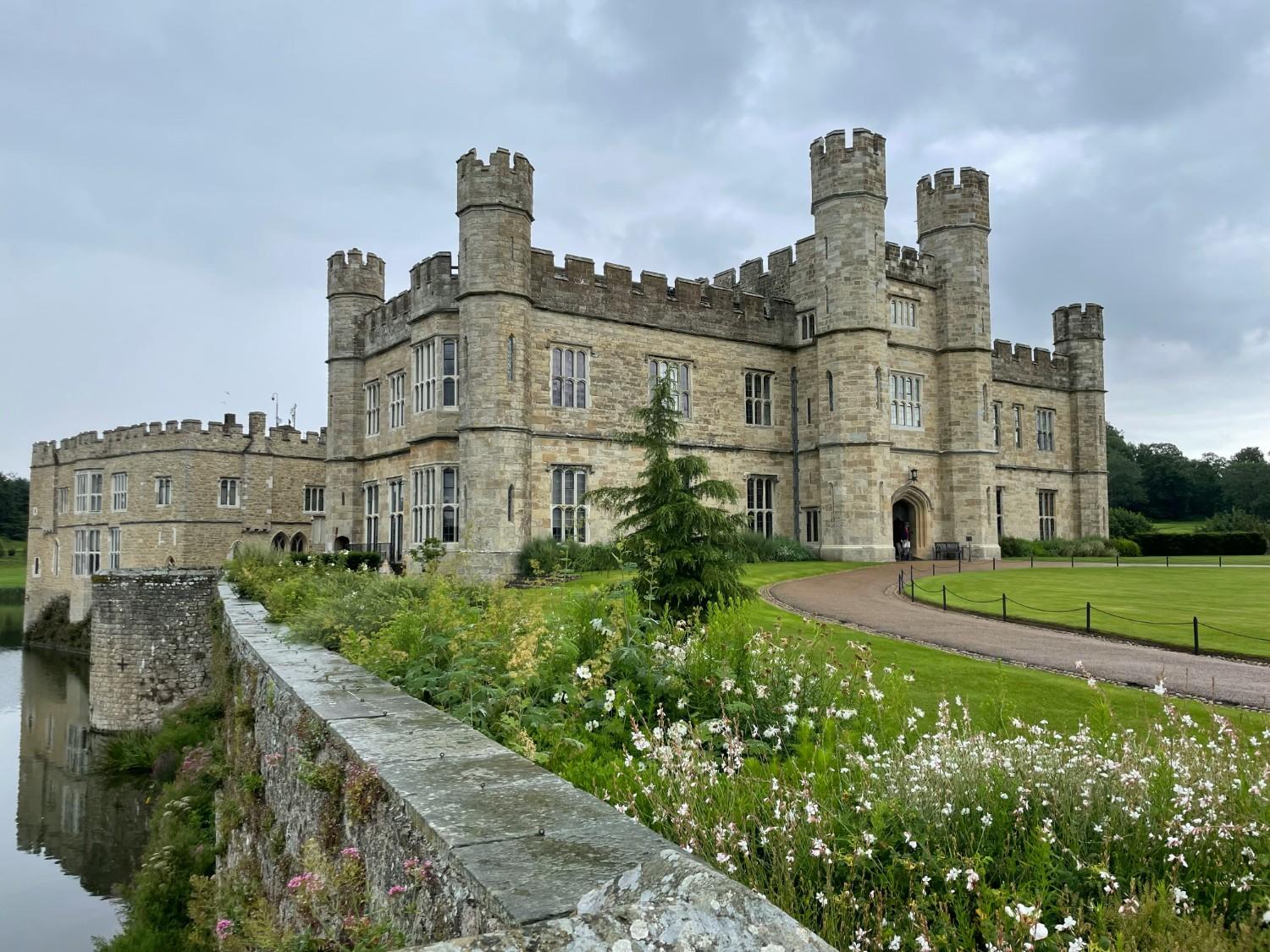Leeds Castle is a majestic and historic structure nestled in the heart of Kent, a true gem that captivates visitors worldwide. With its rich history, stunning architecture, and beautiful natural surroundings, it's no wonder that this castle has become one of the most popular tourist destinations in the United Kingdom. Located in the picturesque town of Maidstone, just a short distance from London, Leeds Castle has a history that can be traced back to the 9th century, when it served as a royal residence for the Saxon royal family. Over the centuries, the castle has undergone numerous renovations and expansions, each adding to its unique character and appeal.
The History and Origins of Leeds Castle
The origins of Leeds Castle can be traced back to the 9th century when it served as a royal residence for the Saxon royal family. Over the centuries, this historic structure has undergone numerous renovations and expansions, each adding to its unique character and charm.
The Castle's Early Days as a Royal Residence
In the 9th century, Leeds Castle served as a fortified manor house that provided a secure and comfortable living space for the Saxon royal family. Perched on two small islands in the middle of a picturesque lake, the castle's strategic location made it an ideal defensive stronghold and an important power centre for the region. During this early period, the castle would have been a relatively modest structure, consisting of a main hall, residential quarters, and various ancillary buildings necessary to support the needs of the royal household. The islands' natural defences, combined with the castle's sturdy fortifications, ensured that the Saxon monarchs could reside in relative safety and comfort, away from the threats and turmoil that often plagued the broader kingdom.
As the seat of Saxon power in the area, Leeds Castle would have been the site of important political and social events, hosting visiting dignitaries, royal councils, and other gatherings crucial to the governance of the realm. The castle's location, nestled amidst the picturesque Kent countryside, also provided the Saxon royals with a tranquil and beautiful retreat from the demands of court life. Over the centuries, the castle's early history has been the subject of much scholarly debate and fascination. Archaeologists and historians have uncovered numerous clues and artefacts that shed light on the daily lives, customs, and cultural traditions of the Saxon residents who once called Leeds Castle home.
Acquisition by Queen Eleanor of Castile
One of the most significant events in the history of Leeds Castle was its acquisition by Queen Eleanor of Castile, the wife of King Edward I, in the 13th century. This pivotal moment marked a new and transformative chapter in the castle's long and illustrious history. As the Queen Consort of England, Eleanor wielded significant political and social influence, and her decision to make Leeds Castle one of her residences was a testament to the property's inherent grandeur and strategic importance. Under her ownership, the castle underwent an extensive program of renovations and expansions, reflecting the Queen's refined aesthetic sensibilities and her ambition to create a palatial retreat befitting her exalted status. The most iconic addition to the castle during this period was the construction of the "gloriette," a magnificent guest house that showcased the castle's architectural splendour. This stunning structure, with its ornate carvings and sweeping views of the surrounding parklands, quickly became one of the castle's most recognisable features, a testament to the Queen's impeccable taste and her desire to transform Leeds Castle into a true showcase of English royal power and influence.
Beyond the physical transformation of the castle's buildings and grounds, Eleanor's ownership also imbued the property with a sense of historical significance and cultural importance. As the residence of the Queen Consort, Leeds Castle became a hub of political and social activity, hosting a steady stream of distinguished guests, important state functions, and prestigious cultural events. The castle's role as a royal retreat and centre of power during this period has left an indelible mark on its legacy, cementing its status as one of the most iconic and well-preserved historic sites in the United Kingdom.
The Castle's Role during the Medieval Period
Throughout the medieval period, Leeds Castle continued to serve as a coveted royal residence, with various English monarchs spending time there over the centuries. The castle's strategic location, commanding views, and impressive fortifications made it an ideal retreat and power base for the kingdom's ruling elite. During this era, Leeds Castle played a crucial role in the political and social life of medieval England. The castle's grand halls and ornate chambers hosted a steady stream of important visitors, from visiting dignitaries and foreign ambassadors to influential nobles and ecclesiastical leaders. These esteemed guests would have been treated to a lavish display of royal hospitality, complete with sumptuous feasts, elaborate entertainments, and opportunities to conduct sensitive negotiations and forge alliances.
The castle's role as a hub of political and social activity was further cemented by its use as a venue for crucial meetings and events that shaped the course of medieval history. Over the centuries, Leeds Castle played host to royal councils, peace negotiations, and other high-level deliberations that had far-reaching consequences for the kingdom and its subjects. One particularly noteworthy example of the castle's historical significance during this period was its association with the Magna Carta, the seminal document that laid the foundation for modern constitutional governance. In 1215, King John is believed to have met with the rebel barons at Leeds Castle to discuss the terms of the Magna Carta, underscoring the property's status as a seat of power and influence.
Beyond its political and diplomatic importance, Leeds Castle also served as a centre of cultural and artistic patronage during the medieval period. The castle's noble residents, including various English queens and their entourages, were known to commission elaborate works of art, commission the construction of ornate religious structures, and cultivate a vibrant intellectual and cultural life within the castle's walls. Today, the legacy of Leeds Castle's medieval heyday can be seen in the meticulously preserved architectural features, the stunning collections of historical artefacts and artwork, and the evocative atmosphere that permeates the castle's halls and grounds.
The Tudor Era at Leeds Castle
During the Tudor period, Leeds Castle witnessed a new chapter in its illustrious history, as it became a favoured residence of several prominent figures from this iconic dynasty. One of the most notable royal residents of Leeds Castle during the Tudor era was Henry VIII, who frequently visited the property with his first wife, Catherine of Aragon. The castle's grand interiors and scenic surroundings provided an idyllic backdrop for the king and queen to indulge in their shared passions for hunting, feasting, and other courtly pursuits. Under the Tudors, the castle's interiors underwent a remarkable transformation, as the monarchy sought to impress visitors with lavish displays of wealth and power. The grand halls and chambers were adorned with sumptuous tapestries, intricate woodcarvings, and other opulent furnishings that showcased the cultural refinement and political might of the Tudor court.
Beyond the castle's role as a royal retreat, Leeds Castle also served as a strategic political and diplomatic hub during the Tudor era. The property's proximity to the continent and its well-appointed accommodations made it an ideal venue for hosting foreign dignitaries and conducting sensitive negotiations. One particularly notable event that took place at Leeds Castle during this period was a meeting between Henry VIII and the French king, Francis I, in 1520. This high-profile summit, known as the "Field of the Cloth of Gold," was a grand display of international diplomacy and royal pageantry, underscoring the castle's status as a stage for the political machinations of the Tudor monarchy. The Tudor era's cultural and intellectual legacy can also be seen in the castle's enduring association with key figures from this period. Leeds Castle was known to host prominent humanist scholars, renowned artists, and other luminaries who were drawn to the property's refined atmosphere and the patronage of its noble residents.
The Victorian Transformation
In the 19th century, Leeds Castle underwent a remarkable transformation under the ownership of the Culpeper family, who sought to revitalize the property and restore it to its former grandeur. Under the Culpepers' stewardship, the castle's interiors were lavishly redecorated in the grand Victorian style, reflecting the family's wealth, social status, and refined aesthetic sensibilities. The grand halls and chambers were adorned with sumptuous furnishings, ornate woodcarvings, and intricate tapestries, creating an atmosphere of opulence and elegance that was befitting of the castle's illustrious history. Beyond the indoor renovations, the Culpepers also undertook an extensive program of landscaping and garden design, transforming the castle's surrounding parklands into a true country estate. Manicured gardens, ornamental ponds, and sweeping vistas were carefully curated to showcase the property's natural beauty and provide a serene and picturesque setting for the castle's noble residents.
The Culpepers' ambitious vision for Leeds Castle was not limited to the physical transformation of the property; they also sought to imbue the estate with a renewed sense of cultural and intellectual significance. The family was known to host a variety of high-profile events, from lavish balls and society gatherings to prestigious art exhibitions and literary salons, cementing the castle's status as a hub of Victorian-era cultural and social activity. The Culpepers' influence can still be felt in the castle's enduring legacy, as visitors today can marvel at the stunning Victorian-era architecture, meticulously maintained gardens, and the palpable sense of grandeur and elegance that permeates the entire estate. The family's commitment to preserving and enhancing the castle's unique character has ensured that Leeds Castle remains one of the most well-preserved and captivating historic sites in the United Kingdom.
The Architectural Grandeur of Leeds Castle
Leeds Castle is a true architectural masterpiece, boasting a captivating blend of styles and features that have evolved over the centuries. From the imposing main castle building to the iconic "gloriette" guest house, every aspect of the estate's design and construction reflects the skill, vision, and cultural sophistication of its successive owners and inhabitants.
The Main Castle Building
At the heart of the Leeds Castle estate stands the imposing and majestic main castle building, a true architectural masterpiece that has captivated visitors for centuries. With its soaring towers, ornate facades, and striking silhouette against the picturesque lake, this iconic structure is a testament to the skill and vision of its builders, who have crafted a landmark that is both functionally impressive and aesthetically breathtaking. The castle's main building dates back to the 12th century, though it has undergone numerous renovations and expansions over the centuries, each adding new layers of architectural complexity and historical significance. The exterior of the structure is a masterful blend of various architectural styles, reflecting the castle's evolution from a fortified manor house to a grand, palatial residence. Throughout the main building, visitors can marvel at the exquisite craftsmanship on display, from the ornately carved woodwork and intricate tapestries that adorn the walls to the soaring vaulted ceilings and imposing fireplaces that evoke the grandeur of a bygone age. Each room and corridor tells a story, inviting visitors to imagine the bustling activity and vibrant social life that once filled these spaces, from lavish banquets and royal audiences to intimate family gatherings and moments of quiet contemplation.
The Striking Interiors
As visitors cross the threshold and step into the grand halls and sumptuous chambers, guests are transported to a bygone era of opulence, elegance, and refined cultural sophistication. The castle's interiors are a true feast for the senses, with every surface and detail meticulously crafted to evoke a sense of grandeur and historical significance. Ornate tapestries, exquisite woodcarvings, and intricate plasterwork adorn the walls, while intricately patterned floors and soaring ceilings create a sense of awe and wonder. At the heart of the castle's interior splendour are the grand state rooms, which were once the domain of the castle's noble residents and their esteemed guests. These magnificent spaces, such as the Great Hall and the Banqueting Hall, are characterised by their imposing scale, lavish decor, and a palpable sense of historical importance. The Great Hall, for instance, is a true architectural masterpiece, with its vaulted ceiling, towering stone fireplace, and ornate wooden furnishings creating an atmosphere of regal splendour. The Queen's Room, for example, is a beautifully appointed chamber that was once the private domain of the castle's female residents, while the Long Gallery provides a serene and contemplative space for reflection and appreciation of the castle's extraordinary art collections.
The Iconic "Gloriette" Guest House
One of the most striking and iconic features of the Leeds Castle estate is the stunning "gloriette" or guest house, a magnificent structure that stands as a testament to the castle's rich history and the architectural vision of its former inhabitants. The gloriette was commissioned in the 13th century by Queen Eleanor of Castile, the wife of King Edward I, as part of her ambitious program of renovations and expansions at the castle. Designed to serve as a luxurious guest accommodation for the castle's noble visitors, the gloriette is a true architectural masterpiece, blending elements of medieval and Renaissance styles to create a structure that is both visually striking and functionally impressive. Perched atop a hillside overlooking the picturesque lake and the castle's manicured grounds, the gloriette commands attention and awe from all who behold it. The building's striking silhouette, with its soaring towers, intricate stonework, and elegant arched windows, is a true feast for the eyes, hinting at the extraordinary history and cultural significance that lie within.
The guest house's lavishly appointed rooms, complete with plush furnishings, exquisite artworks, and meticulously preserved historical features, offer a glimpse into the privileged lives of the castle's noble inhabitants and their esteemed guests. Throughout the gloriette, visitors can see the incredible attention to detail that went into the building's design and construction. From the ornate fireplaces and intricate plasterwork to the stunning views of the surrounding landscape, every element of the structure has been carefully crafted to create a truly remarkable and unforgettable experience. The gloriette's enduring legacy as a symbol of Leeds Castle's architectural grandeur and historical significance cannot be overstated.
Other Structures on the Estate
While the main castle building and the iconic "gloriette" guest house undoubtedly take centre stage, the Leeds Castle estate is home to a wealth of other structures and architectural features that contribute to the property's overall grandeur and historical significance. Surrounding the main castle, visitors will find a range of auxiliary buildings and outbuildings that were integral to the daily operations and self-sufficiency of the estate. These structures include a well-preserved gatehouse, which once served as the primary entrance to the castle grounds, as well as a series of stables, workshops, and other support facilities that housed the various tradespeople, artisans, and labourers who helped maintain the castle's operations. Each of these buildings, while perhaps less glamorous than the main castle and the gloriette, nevertheless offers a fascinating glimpse into the castle's rich history and the lives of those who once called it home. Visitors can explore the carefully restored interiors of these structures, marvelling at the intricate craftsmanship and the ingenious ways in which they were designed to support the needs of the castle's inhabitants.
Beyond the castle's core buildings, the estate is also home to several other architectural features that contribute to its overall sense of grandeur and historical significance. These include the castle's impressive gatehouse, which served as the primary entrance to the property and was designed to project an aura of power and authority, as well as a series of ornate bridges and causeways that connect the various islands and landmasses that make up the castle's unique setting. Scattered throughout the castle's sprawling grounds, visitors will also find a variety of other structures and landscape features that add to the overall richness and complexity of the estate. These include decorative follies, elegant garden pavilions, and carefully manicured walkways and pathways that invite exploration and discovery.
The Stunning Grounds and Gardens of Leeds Castle
Spanning over 500 acres of breathtaking Kent countryside, the grounds and gardens of Leeds Castle are a true feast for the senses. Visitors can immerse themselves in the estate's expansive parklands, discovering tranquil lakes, ancient woodlands, and meticulously maintained horticultural displays that showcase the property's natural beauty and rich history. From the captivating hedge maze to the beautifully landscaped gardens, every corner of the Leeds Castle estate offers a unique and enchanting experience that captivates the imagination and nourishes the soul.
The Expansive Parklands
Sprawling across over 500 acres of pristine Kent countryside, the parklands and grounds of Leeds Castle are a true gem for visitors seeking to immerse themselves in the natural beauty and tranquillity of this historic estate. From lush meadows and towering trees to serene lakes and meandering streams, the castle's expansive outdoor spaces offer a wealth of opportunities for exploration, relaxation, and reconnection with the great outdoors. One of the true highlights of the Leeds Castle parklands is the extensive system of lakes and waterways that weave their way through the estate. These tranquil bodies of water, fed by natural springs and expertly engineered drainage systems, not only add to the property's natural beauty but also serve as a vital ecological habitat for a diverse array of plant and animal life. Visitors can spend hours simply wandering along the lakeshores, taking in the sights and sounds of the park's thriving wetland ecosystem.
Towering stands of ancient woodland, carefully curated gardens, and picturesque follies and ornamental structures dot the landscape, creating a sense of enchantment and discovery around every turn. One particularly enchanting feature of the parklands is the property's network of walking trails, which offer visitors the opportunity to explore the estate's natural wonders at their own pace. Whether they are seeking a stroll through the manicured gardens or a more challenging hike through the rugged woodland areas, visitors are sure to be rewarded with stunning vistas, fascinating historical insights, and a deep appreciation for the natural beauty that defines this remarkable estate.
Exploring the Castle's Walking Trails
Visitors to Leeds Castle can explore the estate's many walking trails, which wind through lush meadows, tranquil lakes, and towering trees. These trails offer a peaceful and serene way to connect with the natural world and explore the castle's stunning surroundings.
The Woodland Walk — A tranquil trail that meanders through the castle's ancient oak and beech woodlands, offering glimpses of local wildlife and the occasional historic folly or architectural feature.
The Serpentine Trail — A scenic path that follows the meandering curves of the castle's central lake, providing stunning views of the castle itself and the surrounding wetland habitats.
The Culpeper Trail — A longer, more challenging route that showcases the estate's Victorian-era landscaping and design, including ornamental gardens, ornate bridges, and picturesque follies.
The Wildflower Meadow Walk — A gentle stroll through the castle's vibrant wildflower meadows, where visitors can admire the changing blooms and spot a variety of pollinating insects.
The Barbican Circuit — A historic trail that circles the castle's outer defences, allowing visitors to explore the property's medieval fortifications and imagine the castle's strategic role in bygone eras.
The Lake Loop — A popular and easy-to-navigate path that circumnavigates the castle's main lake, offering ample opportunities for birdwatching and peaceful contemplation.
The Orchard Walk — A delightful trail that winds through the castle's historic apple and pear orchards, providing a glimpse into the estate's agricultural heritage and the chance to sample seasonal fruit.
The Captivating Maze
Nestled within the expansive grounds of Leeds Castle is a truly captivating and engaging attraction that has delighted visitors for generations: the castle's famous hedge maze. This incredible feat of landscape design and engineering not only offers a unique and thrilling challenge for visitors but also serves as a testament to the castle's rich history and cultural significance. Inspired by the castle's storied past and the architectural grandeur of its buildings, the Leeds Castle maze is a true marvel of horticultural artistry. Meticulously trimmed hedges, carefully curated pathways, and a wealth of unexpected twists and turns combine to create a labyrinthine experience that is both visually stunning and intellectually stimulating. The maze's intricate design, with its multiple dead ends, branching paths, and hidden alcoves, ensures that no two visits are ever quite the same, encouraging visitors to return time and time to tackle the puzzle anew.
The maze's layout and design are inspired by the castle's medieval and Tudor-era architecture, with subtle nods to the property's past as a royal residence and important political centre. As they navigate the maze's twists and turns, visitors are invited to imagine the lives and experiences of the castle's former inhabitants, adding an extra layer of depth and meaning to the challenge at hand. Beyond its historical significance, the Leeds Castle maze also serves as a hub of family-friendly fun and adventure. Visitors of all ages can test their problem-solving skills, navigate the intricate pathways, and celebrate their triumphant emergence from the labyrinth's centre. The maze's engaging and interactive nature makes it a popular destination for school groups, families, and anyone seeking a unique and memorable outdoor experience.
The Beautifully Landscaped Gardens
Complementing the expansive parklands and the captivating hedge maze, the beautifully landscaped gardens of Leeds Castle offer visitors a truly enchanting and serene experience, showcasing the estate's rich horticultural heritage and the meticulous attention to detail that has defined its grounds for centuries. Spread across the castle's 500-acre estate, the gardens at Leeds Castle are a true feast for the senses, with a diverse array of ornamental plants, stunning floral displays, and carefully curated landscape features that create a sense of tranquillity and natural beauty. One of the standout features of the castle's gardens is the stunning collection of ornamental plantings that dot the landscape. Visitors can stroll through meticulously manicured beds of vibrant annuals, marvel at the towering specimens of rare and exotic flora, and lose themselves in the gentle fragrance of the estate's renowned rose gardens. The gardens' careful curation and attention to seasonal changes ensure that there is always something new and captivating to discover, no matter the time of year.
Beyond the ornamental plantings, the Leeds Castle gardens also feature a wealth of other landscape elements that contribute to the overall sense of grandeur and serenity. Elegant water features, such as tranquil ponds and fountains, provide a soothing soundtrack to the visitor experience, while carefully placed garden sculptures and architectural follies add an extra touch of whimsy and visual interest. The gardens' layout and design often reflect the architectural styles and aesthetic sensibilities of the castle's various owners and inhabitants, from the formal, symmetrical gardens of the Tudor era to the more naturalistic, romantic plantings that came into vogue during the Victorian period.
Exciting Events and Attractions at Leeds Castle
In addition to its architectural grandeur and stunning natural surroundings, Leeds Castle is also renowned for its diverse range of events and attractions that cater to visitors of all ages and interests. Whether it's the dazzling annual Christmas Lights display, the thrilling Go Ape adventure course, or the castle's host of cultural exhibitions and musical performances, there is always something new and exciting to discover at this historic estate. By seamlessly blending the castle's rich heritage with modern-day entertainment and recreation, Leeds Castle offers a truly immersive and unforgettable experience for all who visit.
The Annual Leeds Castle Christmas Lights Display
Each winter, the historic grounds of Leeds Castle are transformed into an enchanting wonderland, as the estate plays host to its renowned annual Christmas Lights display. This beloved event, which has become a cherished tradition for thousands of visitors, offers a truly magical experience that celebrates the joy and wonder of the holiday season while also showcasing the castle's unparalleled beauty and historic grandeur. As the days grow shorter and the temperature begins to drop, the Leeds Castle estate is illuminated by a breathtaking array of twinkling lights and festive installations that create an ethereal and captivating atmosphere. From the castle's iconic silhouette, which is bathed in a warm, golden glow, to the lush gardens and parklands, which are adorned with a sparkling tapestry of colour and light, every inch of the estate is imbued with a sense of magic and enchantment.
Visitors to the Leeds Castle Christmas Lights display are invited to embark on a truly immersive and enchanting journey, as they wander through the estate's meticulously decorated pathways and discover hidden pockets of wonder and delight. The grounds are alive with a vibrant and festive energy, as families, friends, and couples stroll hand-in-hand, taking in the sights and sounds of this truly special event. One of the highlights of the Christmas Lights display is the opportunity to explore the castle's interiors, which are also transformed into a veritable winter wonderland. Visitors can marvel at the ornate decorations, the glittering Christmas trees, and the warm, inviting ambience that fills the grand halls and chambers, creating a sense of timeless elegance and holiday cheer.
Beyond the stunning visual spectacle, the Leeds Castle Christmas Lights display also offers a wealth of family-friendly activities and entertainment that cater to visitors of all ages. From live music and theatrical performances to delectable holiday-themed treats and warm, mulled beverages, there is something for everyone to enjoy, making this event a true celebration of the season and the castle's enduring legacy. As the festive lights twinkle and the castle's historic silhouette is cast against the night sky, visitors to the Leeds Castle Christmas Lights display are left with a profound sense of wonder and magic. This annual event not only showcases the estate's unparalleled beauty but also serves as a joyous and unforgettable celebration of the castle's rich history and the enduring spirit of the holiday season.
Go Ape Adventure Course
Nestled within the expansive grounds of Leeds Castle is a unique and exhilarating attraction that offers a thrilling opportunity to explore the estate's natural beauty from a whole new perspective: the renowned Go Ape adventure course. Designed to challenge and delight adventurous visitors of all ages, the Go Ape course at Leeds Castle is a true testament to the property's commitment to providing a diverse range of experiences that cater to every taste and interest. Featuring a series of elevated obstacle courses, zip lines, and aerial walkways, the course allows participants to navigate the castle's stunning parklands and forests while testing their physical and mental agility. As participants navigate the course, they are treated to stunning vistas of the castle, the surrounding parklands, and the picturesque Kent countryside, creating a truly unforgettable and multisensory experience. Beyond the thrill of the course itself, the Go Ape attraction at Leeds Castle also offers a wealth of other amenities and activities that cater to visitors of all ages and interests. From guided tours and educational programs that delve into the castle's history to a range of food and beverage options that fuel the adventure, there is something for everyone to enjoy.
Other Events and Exhibitions Throughout the Year
In addition to its renowned Christmas Lights display and the thrilling Go Ape adventure course, Leeds Castle hosts a diverse array of events and exhibitions throughout the year, catering to visitors of all interests and age groups.
Leeds Castle Concerts — A series of open-air concerts and music performances held on the castle's grounds during the summer months, featuring a variety of musical genres and renowned artists.
Leeds Castle Music Festival — A multi-day music festival held annually in the late summer, showcasing a diverse lineup of live bands, DJs, and other musical acts across multiple stages and venues within the castle estate.
Medieval Marvels — A rotating exhibition exploring the castle's rich medieval heritage, with interactive displays, historical reenactments, and educational programs.
Tudor Treasures — An exhibition delving into the castle's connections to the Tudor dynasty, featuring rare artefacts, lavish costumes, and immersive storytelling.
Victorian Visions — An exhibition celebrating the Culpeper family's 19th-century transformation of the castle, showcasing the estate's opulent Victorian-era interiors and gardens.
Easter Eggstravaganza — A family-friendly event held over the Easter weekend, featuring egg hunts, craft activities, and other seasonal celebrations.
Harvest Festival — An autumn-themed event celebrating the castle's agricultural heritage, with local food and drink tastings, traditional craft demonstrations, and a farmers' market.
New Year's Eve Gala — A grand celebration ringing in the new year at the castle, complete with live music, gourmet dining, and a spectacular fireworks display.
On-Site Amenities and Services
To complement its diverse range of events and attractions, Leeds Castle offers a variety of on-site amenities and services to ensure a comfortable and enjoyable visit for all its guests.
Dining and Refreshment Options
The Castle View Restaurant — A formal dining establishment serving a menu of traditional British and international cuisine, with stunning views of the castle and its grounds.
The Fairfax Tearoom — A cosy tearoom offering a selection of light bites, homemade cakes, and a wide variety of hot and cold beverages.
The Castle Courtyard Café — A casual outdoor dining option, serving a range of snacks, sandwiches, and refreshments throughout the day.
Accommodation and Lodging
Leeds Castle Hotel — A luxurious hotel located within the castle grounds, offering high-end accommodations and amenities for overnight guests.
Leeds Castle Glamping — A unique glamping experience, featuring stylishly appointed safari tents and wooden pods set amid the castle's scenic parklands.
Shopping and Souvenirs
The Castle Gift Shop — A well-stocked gift shop offering a wide range of souvenirs, local crafts, and castle-themed merchandise for visitors to take home.
The Falconry Shop — A specialised shop catering to the castle's falconry experiences, featuring a selection of related gifts and equipment.
Other Visitor Services
Guided Tours — A variety of guided tours, including castle interior tours, historical walking tours, and specialized tours focusing on the estate's gardens and grounds.
Event Venues — The castle's grand halls, elegant salons, and landscaped outdoor spaces are available for hosting weddings, corporate events, and private functions.
Accessibility Assistance — The castle and its grounds are equipped with facilities and services to ensure a comfortable and inclusive experience for visitors with disabilities or special needs.
Golfing at Leeds Castle
Nestled within the expansive grounds of Leeds Castle is a unique and exhilarating attraction that offers a thrilling opportunity to explore the estate's natural beauty from a whole new perspective: the renowned Go Ape adventure course. Designed to challenge and delight adventurous visitors of all ages, the Go Ape course at Leeds Castle is a true testament to the property's commitment to providing a diverse range of experiences that cater to every taste and interest. Featuring a series of elevated obstacle courses, zip lines, and aerial walkways, the course allows participants to navigate the castle's stunning parklands and forests while testing their physical and mental agility. As participants navigate the course, they are treated to stunning vistas of the castle, the surrounding parklands, and the picturesque Kent countryside, creating a truly unforgettable and multisensory experience. Beyond the thrill of the course itself, the Go Ape attraction at Leeds Castle also offers a wealth of other amenities and activities that cater to visitors of all ages and interests. From guided tours and educational programs that delve into the castle's history to a range of food and beverage options that fuel the adventure, there is something for everyone to enjoy.
Visiting Leeds Castle — Tickets, Admission, and Accommodations
General Admission Tickets and Discounts — Visiting Leeds Castle is a popular activity for both residents and tourists alike, and there are a variety of ticket and admission options available to suit different needs and budgets. The most common admission option is the general admission ticket, which grants you access to the castle's main buildings, gardens, and grounds.
Special Tour and Experience Packages — In addition to general admission, Leeds Castle also offers a range of special tour and experience packages that allow you to delve deeper into the castle's history and explore its grounds in more detail. These include guided tours of the interior, as well as specialised experiences like the "Segway Safari" and the "Falconry Experience."
The Popular Leeds Castle Fireworks Display — One of the most popular events at Leeds Castle is the annual fireworks display, which takes place every November. Tickets for this event are in high demand and often sell out quickly, so it's recommended to purchase them in advance.
Accommodation Options Near the Castle — Visitors to Leeds Castle have a range of accommodation options to choose from, including the castle's hotel, as well as a variety of nearby hotels and bed and breakfasts. These accommodations offer visitors a comfortable and convenient place to stay during their visit, with easy access to the castle and its surrounding attractions.
Dining Choices Around Leeds Castle — When it comes to dining, Leeds Castle and the surrounding area offer a wide range of options to suit every taste and budget. The castle itself has a restaurant that serves a variety of traditional British and international cuisine, as well as a tea room that offers a more casual dining experience. Beyond the castle's dining options, you will also find a range of pubs, cafes, and restaurants in the nearby towns and villages.
The Best Time to Visit Leeds Castle
Enjoying the Castle in the Summer Months — One of the most popular times to visit Leeds Castle is during the summer months when the weather is typically warm and sunny. This is the perfect time to explore the castle's beautiful gardens and parklands, take a stroll through the grounds, or enjoy a picnic on the castle's lawns.
The Autumn Season and the Fireworks Display — Another popular time to visit Leeds Castle is during the autumn when the changing leaves and cooler temperatures create a breathtaking backdrop for the castle's historic architecture. This is also the season when the castle's annual fireworks display takes place, which is a must-see event for many visitors.
The Magic of the Christmas Lights Display — For those who love the magic of the holiday season, the Leeds Castle Christmas Lights display is a truly special experience. This annual event transforms the castle and its grounds into a winter wonderland, with thousands of twinkling lights, festive decorations, and a range of holiday-themed activities and entertainment.
From its rich and captivating history to its stunning architectural grandeur and breathtaking natural beauty, Leeds Castle is a true gem that offers visitors a one-of-a-kind experience. Whether you're exploring the castle's grand rooms, wandering through its beautiful gardens, or enjoying one of the many events and attractions on offer, this iconic landmark is sure to leave a lasting impression and inspire you to return again and again.
Related Articles

Let us know you agree to cookies
We use marketing, analytical and functional cookies as well as similar technologies to give you the best experience. Third parties, including social media platforms, often place tracking cookies on our site to show you personalised adverts outside of our website.
We store your cookie preferences for two years and you can edit your preferences via ‘manage cookies’ or through the cookie policy at the bottom of every page. For more information, please see our cookie policy.
